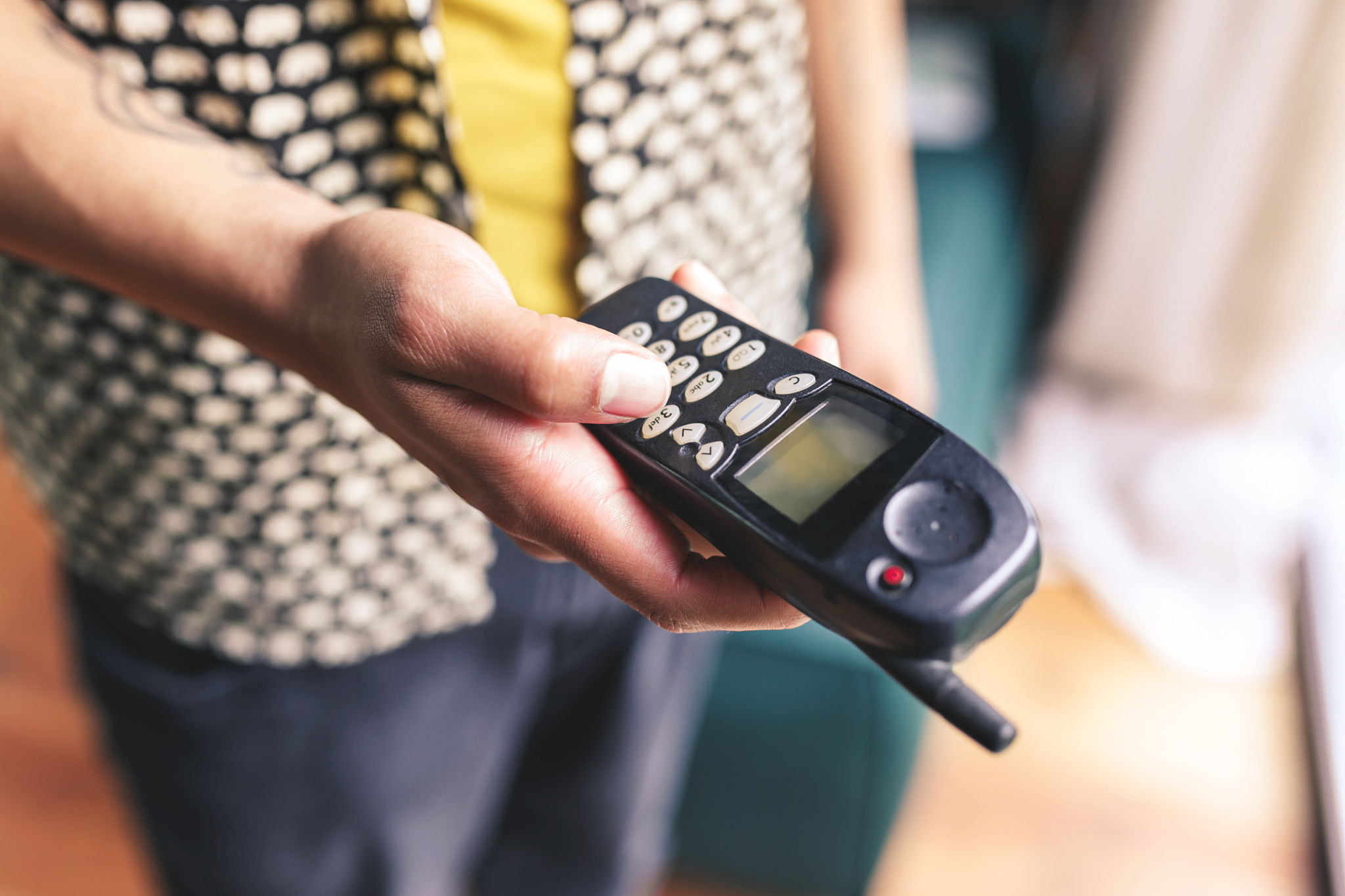Trends in Glucose Monitoring Technology: A Comprehensive Guide
The Evolution of Glucose Monitoring
In recent years, the landscape of glucose monitoring technology has transformed dramatically. No longer limited to traditional finger-prick methods, advancements in this field are offering more precise, convenient, and real-time data for individuals managing diabetes. The emphasis is on improving user experience and accuracy, making daily life easier for millions around the globe.

Continuous Glucose Monitors (CGMs)
One of the most significant breakthroughs is the development of Continuous Glucose Monitors (CGMs). These devices offer real-time glucose readings by using a small sensor placed under the skin. CGMs provide a comprehensive picture of glucose levels throughout the day, alerting users to fluctuations they might not detect with traditional methods. The ability to track trends and patterns empowers users to make informed decisions about their diet and lifestyle.
CGMs have been a game-changer in diabetes management due to their ability to integrate with smartphones and smartwatches. This integration allows users to easily access their data and share it with healthcare providers, enhancing personalized care.
Flash Glucose Monitoring
Another innovative approach is Flash Glucose Monitoring, which offers a less invasive method of tracking glucose levels. Unlike CGMs, flash monitors require the user to scan a sensor with a reader or smartphone to obtain glucose data. This method is often preferred by those looking for a less costly alternative while still gaining insights into their glucose trends.

Flash monitoring systems are becoming increasingly popular due to their ease of use and affordability. These systems are particularly beneficial for individuals who want to avoid the discomfort associated with frequent finger pricks.
Wearable Technology Integration
The integration of glucose monitoring with wearable technology is another exciting trend. Smartwatches and fitness trackers now offer features that help monitor glucose levels, providing alerts and notifications directly to the user’s wrist. This seamless integration makes it easier than ever to keep track of health metrics on the go.
With advancements in sensor technology and data analytics, wearable devices are continually improving in terms of accuracy and functionality. This integration represents a significant step forward in digital health technologies, enabling a more proactive approach to health management.

Artificial Intelligence and Data Analytics
The role of Artificial Intelligence (AI) in glucose monitoring technology cannot be overstated. AI algorithms are being utilized to predict glucose trends and provide insights based on historical data. This capability allows users to anticipate high or low blood sugar events and take preventive measures accordingly.
Data analytics also play a critical role in understanding long-term health patterns. By analyzing trends over time, healthcare providers can tailor treatment plans more effectively, leading to improved patient outcomes.
The Future of Glucose Monitoring
Looking ahead, the future of glucose monitoring technology appears promising. Research is ongoing into non-invasive monitoring techniques, such as optical sensors that could potentially measure glucose levels through the skin without any needle pricks. Such innovations could revolutionize diabetes care by increasing accessibility and comfort for users worldwide.
As technology continues to advance, we can expect further integration of glucose monitoring with other health metrics, providing a more comprehensive view of an individual's overall health. These innovations hold the potential to not only improve diabetes management but also enhance quality of life for those affected by this condition.